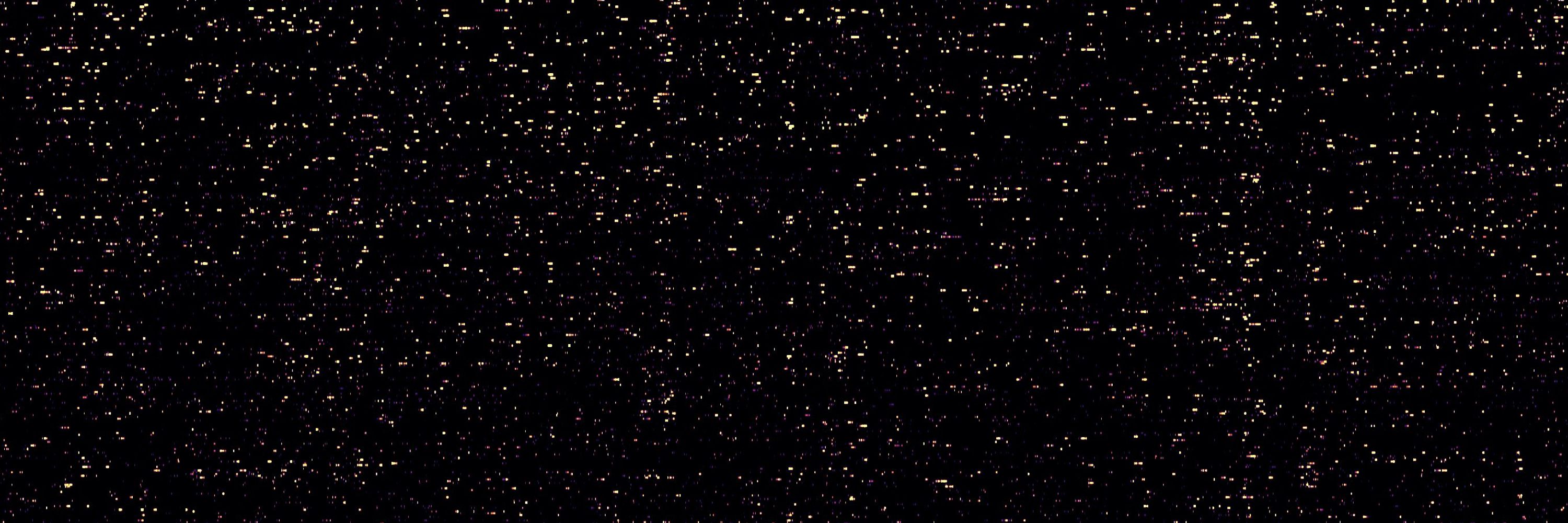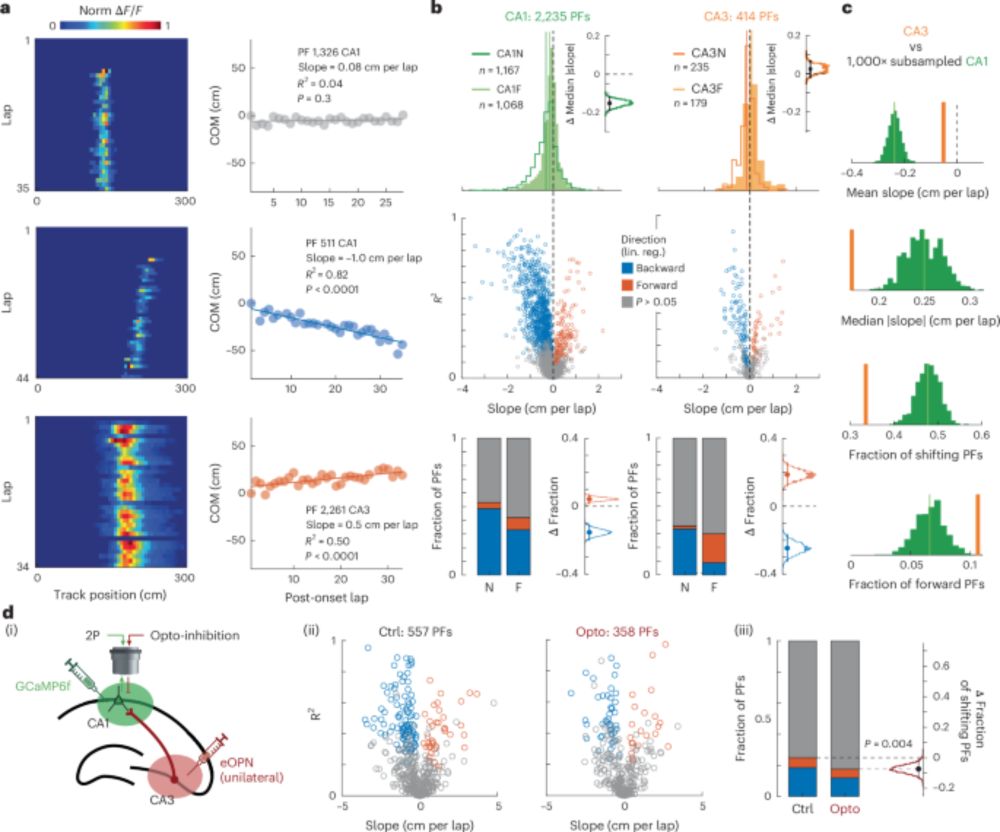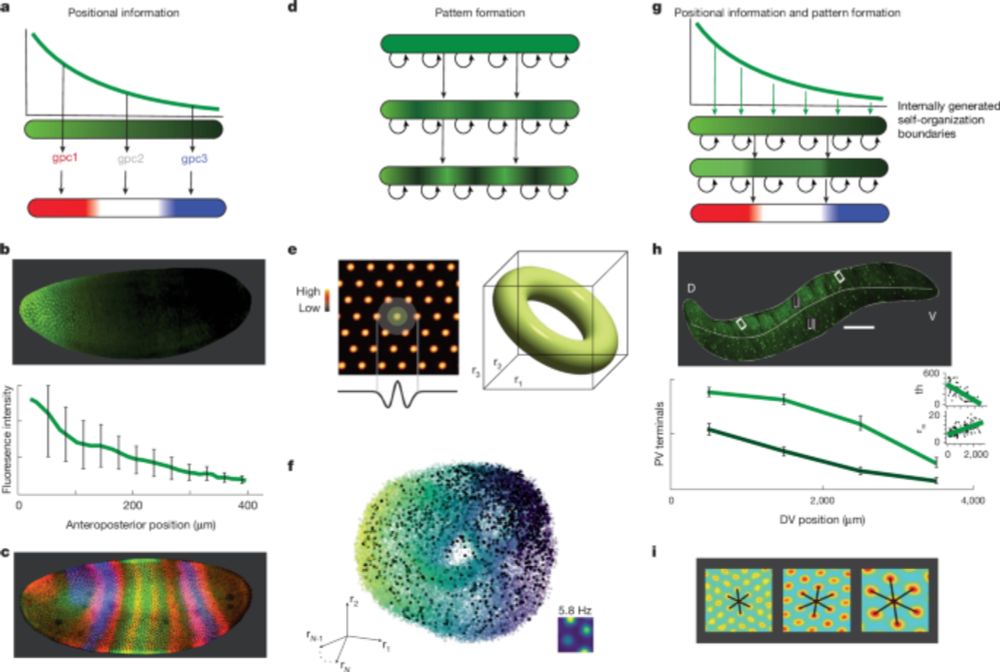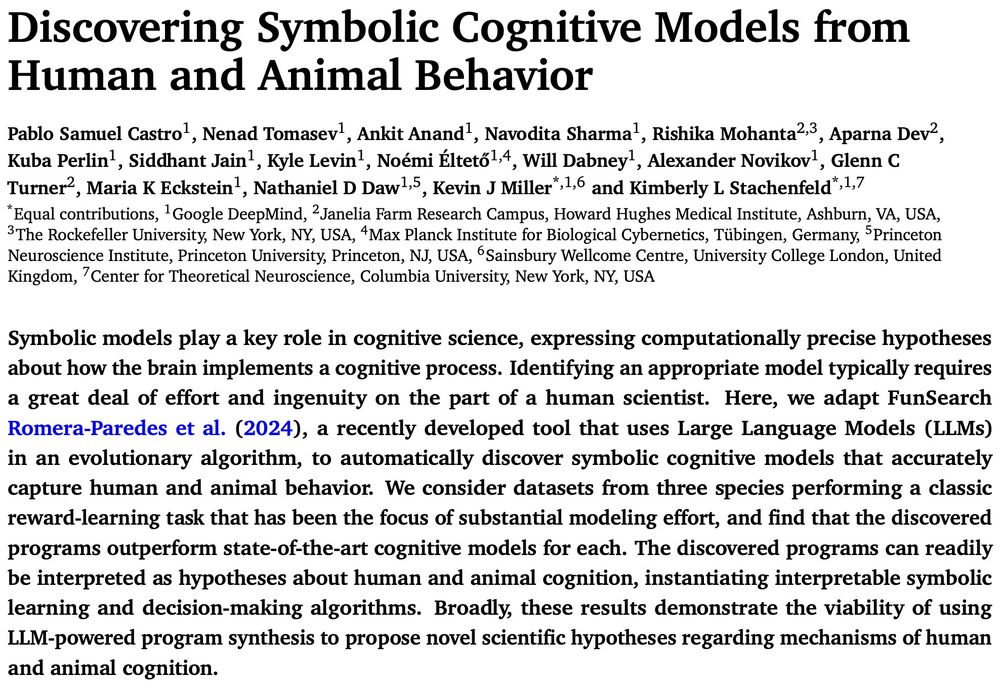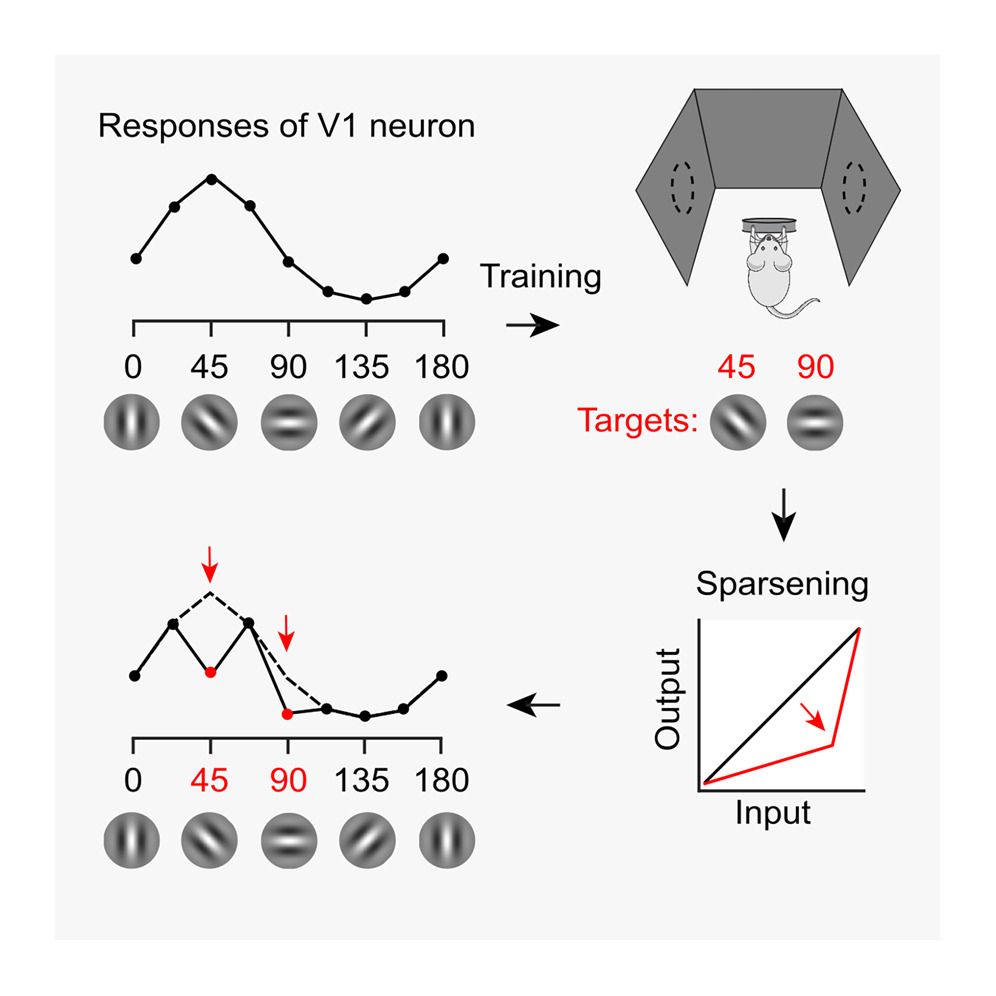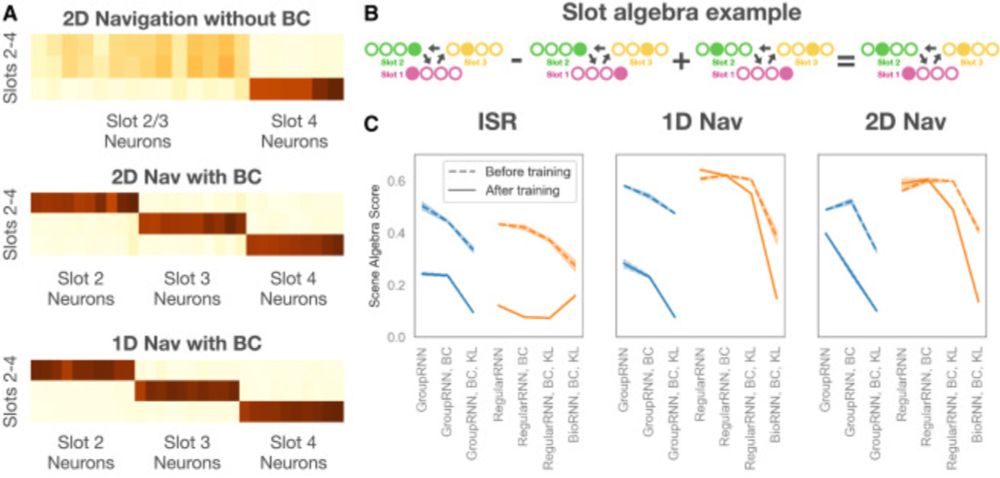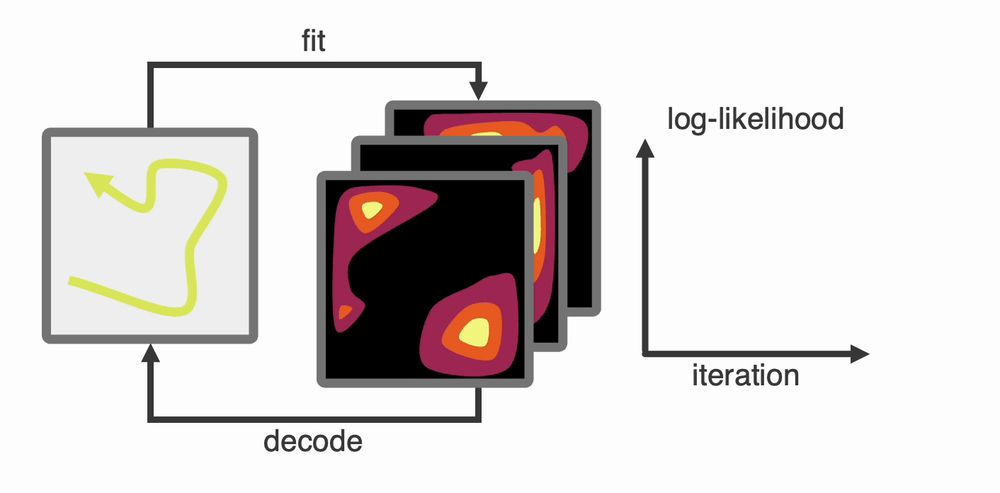Quinn Lee
@jquinnlee.bsky.social
700 followers
320 following
28 posts
Navigation & memory researcher
CIHR Postdoctoral Fellow @ McGill University
Incoming Assistant Professor @ University of Alberta (starting July 2025)
Accepting graduate student applications to start Fall 2025: https://sites.psych.ualberta.ca/NMSLab
Posts
Media
Videos
Starter Packs
Pinned
Quinn Lee
@jquinnlee.bsky.social
· Nov 22

Identifying representational structure in CA1 to benchmark theoretical models of cognitive mapping
Decades of theoretical and empirical work have suggested the hippocampus instantiates some form of a cognitive map. Yet, tests of competing theories h…
tinyurl.com
Reposted by Quinn Lee
Ciarán Murphy-Royal
@murphyroyallab.org
· Aug 21

Professor at the rank of Assistant or Associate Professor, in the field of neurocircuitry - Montréal, Quebec (CA) job with Université de Montréal | 12843808
Professor at the rank of Assistant or Associate Professor, in the field of neurocircuitry involved in the production of complex behaviors
www.nature.com
Reposted by Quinn Lee
Alexandra Keinath
@atkeinath.bsky.social
· Jul 15

Change-resistance distinguishes the representational geometries of human spatial memory and mouse CA1 in deformed environments
Prior work has highlighted qualitative similarities between the neural instantiations of cognitive maps in rodents and memory-guided navigation in humans, suggesting a conservation of representational...
www.biorxiv.org
Quinn Lee
@jquinnlee.bsky.social
· Jul 10
Reposted by Quinn Lee
Dan Levenstein
@dlevenstein.bsky.social
· Jun 23
Reposted by Quinn Lee
Kadjita Asumbisa
@kasumbisa.bsky.social
· Apr 15
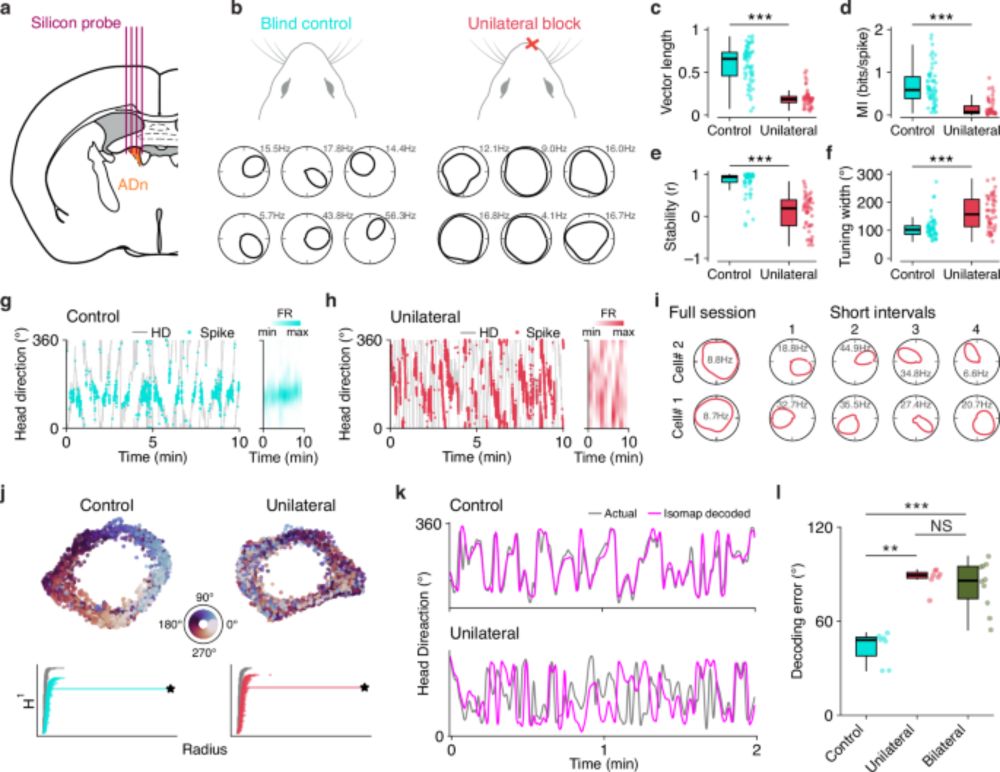
Stereo olfaction underlies stable coding of head direction in blind mice - Nature Communications
Stereo olfaction involves comparing odor differences between the two nostrils. Here, using neuronal recordings and a behavioral test, the authors demonstrate that blind mice use stereo olfaction to fo...
www.nature.com
Quinn Lee
@jquinnlee.bsky.social
· Apr 15
Quinn Lee
@jquinnlee.bsky.social
· Apr 8
Mouse CA1 Calcium Imaging and Behavioural Dataset in 3x3 Geometric Morph Paradigm
The following dataset was collected by Dr. J. Quinn Lee, Dr. Alexandra T. Keinath, and Erica Cianfarano in the laboratory of Dr. Mark P. Brandon. All methods and details are described in the original ...
zenodo.org
Reposted by Quinn Lee
Reposted by Quinn Lee
Reposted by Quinn Lee
Reposted by Quinn Lee
Reposted by Quinn Lee
Carl Zimmer
@carlzimmer.com
· Jan 28
Quinn Lee
@jquinnlee.bsky.social
· Jan 17
Reposted by Quinn Lee
Quinn Lee
@jquinnlee.bsky.social
· Dec 10
Quinn Lee
@jquinnlee.bsky.social
· Dec 2

Sparsity of Population Activity in the Hippocampus Is Task‐Invariant Across the Trisynaptic Circuit and Dorsoventral Axis
Evidence from neurophysiological and genetic studies demonstrates that activity sparsity—the proportion of neurons that are active at a given time in a population—systematically varies across the can...
onlinelibrary.wiley.com
Reposted by Quinn Lee
Caswell Barry
@caswell.bsky.social
· Nov 26

Unifying Subicular Function: A Predictive Map Approach
The successor representation has emerged as a powerful model for understanding mammalian navigation and memory; explaining the spatial coding properties of hippocampal place cells and entorhinal grid ...
www.biorxiv.org
Quinn Lee
@jquinnlee.bsky.social
· Nov 29
Alexandra Keinath
@atkeinath.bsky.social
· Nov 26

Idiosyncratic navigation determines mouse CA1 representational structure in a multicompartment environment
Organisms from mice to humans rely on cognitive maps instantiated by the hippocampal formation to flexibly and efficiently navigate the world. Traditional theories of cognitive mapping posit that thes...
tinyurl.com
Quinn Lee
@jquinnlee.bsky.social
· Nov 28
Reposted by Quinn Lee
Reposted by Quinn Lee
Reposted by Quinn Lee
Nima Dehghani
@neurovium.bsky.social
· Nov 26
